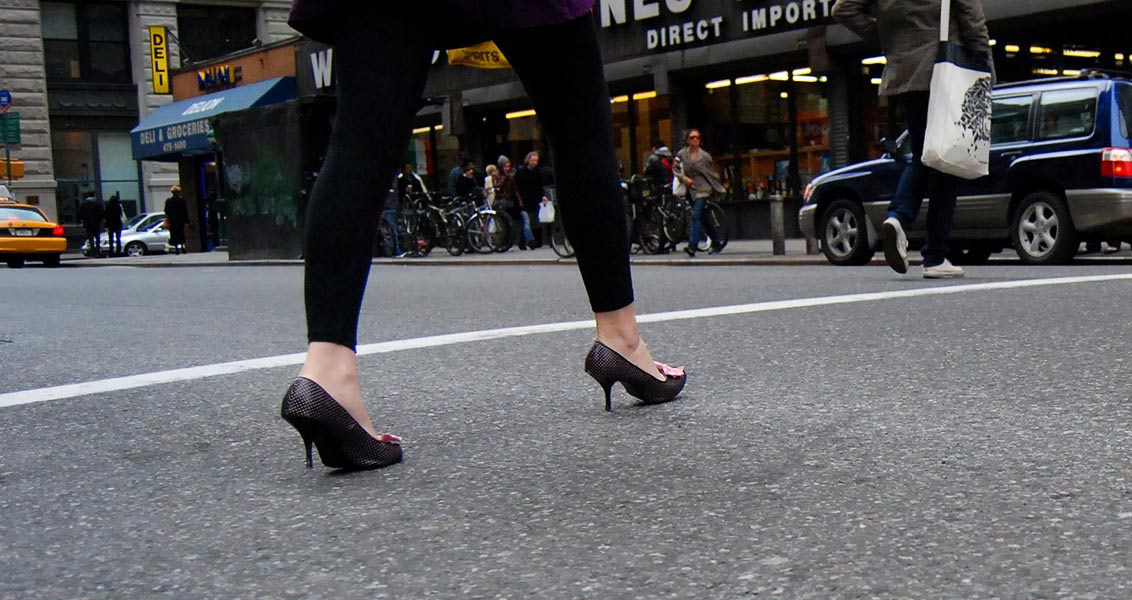
High heels are a wardrobe staple for many women; we like the extra height they give us, how nice they make our legs look, and how they easily dress up a pair of jeans. But the pain we feel when wearing them is anything but glamorous—in fact, wearing high heels can cause serious health problems in your feet, legs, and back. Here’s how:
Feet Under Pressure
Just like your car’s shocks prevent you from feeling every little bump in the road, your feet are meant to cushion your body from the impact of walking. When you wear heels, however, only the balls of your feet are able to absorb the force of that impact, which means they take the brunt of the pounding. (Check out this 3D scan of a woman’s foot bones in high heels to see what I mean.) The higher the heel, the greater the pressure—especially if you are wearing the wrong shoe size or if the heels are too narrow in the toe box—which can cause plantar fasciitis, corns, and hammertoes.
Legs on Lock
You’ve probably noticed that the way you walk changes the instant you put on heels, but you might not know that wearing heels regularly affects your gait even when you aren’t wearing them. That clipped, forceful stride that makes you feel like a supermodel strutting down a catwalk actually shortens both your Achilles tendon and the fibers in your calf muscles. That means your calves have to work harder when you walk (even when you do so barefoot), causing pain and increasing your chances of injury. High heels also put additional pressure on the inside of the knees and the kneecaps, which can lead to osteoarthritis.
Back Outta Balance
To balance in heels, your body has to make a number of adjustments that actually force your spine out of alignment. Normally, your spine makes an S-shape, but heels cause you to push out your chest and hips. Plus, your lower back flattens to prevent you from falling. That unnatural posture can result in back muscle overuse and pain.
Even if you aren’t cramming your feet into four-inch, pointed-toe stilettos on a regular basis, you’re still at risk if you wear heeled booties or wedges. You don’t have to wear heels for decades to experience these issues, either; in one Australian study on the danger of high heels, the average age of the volunteers was just 25. The more often you wear heels, the more damage is done, so consider switching out your Manolos for flats a few days a week to help reduce the long-term effects of wearing heels.


